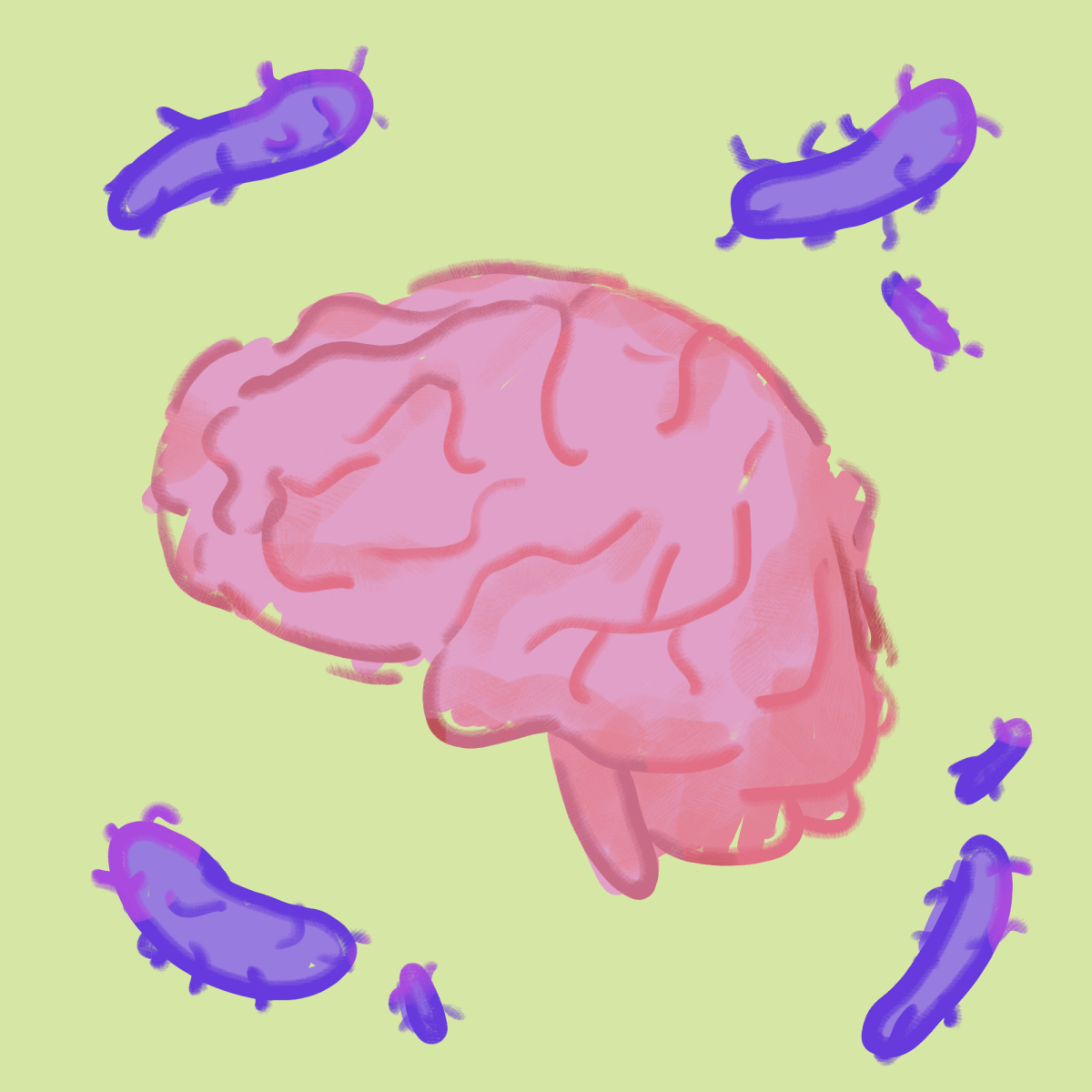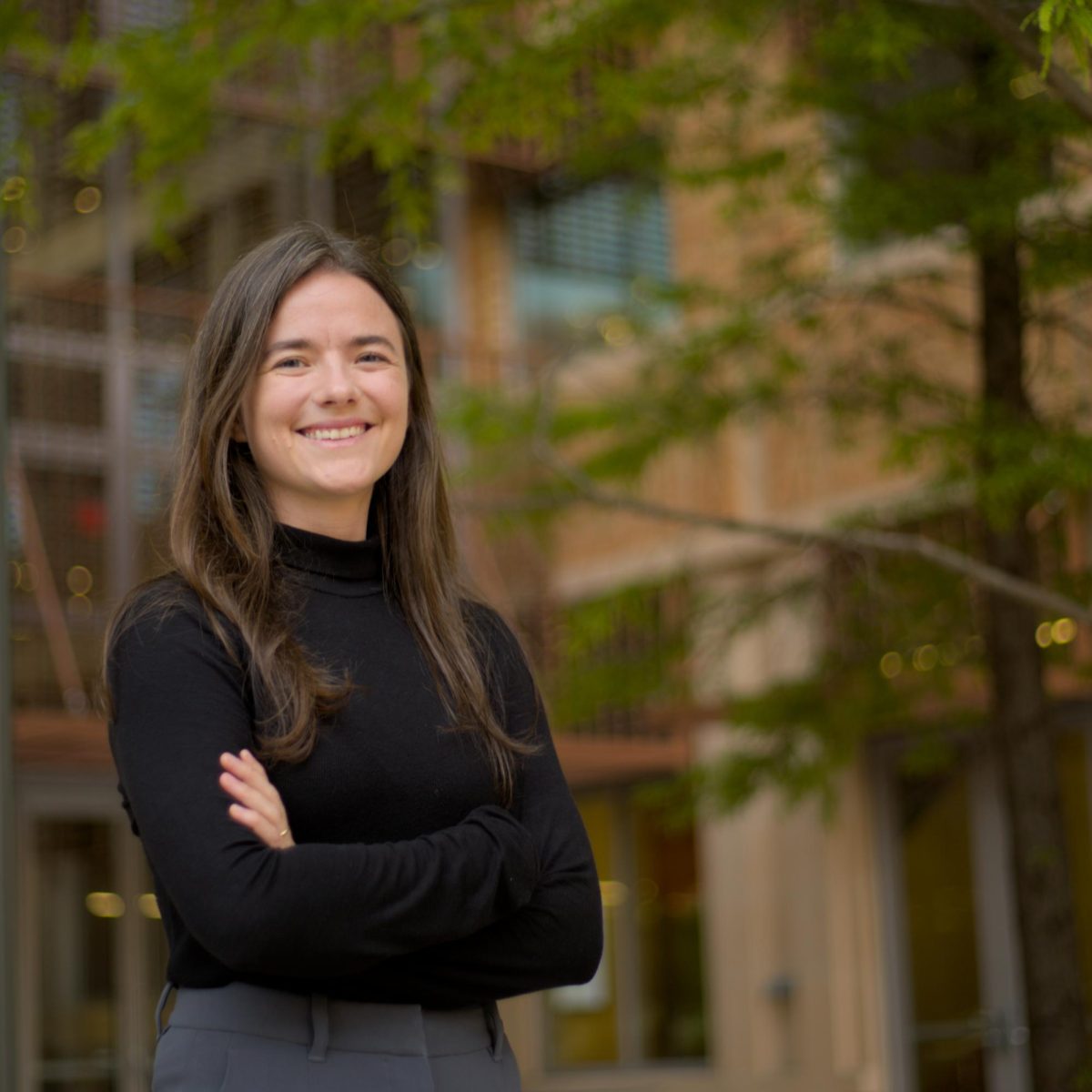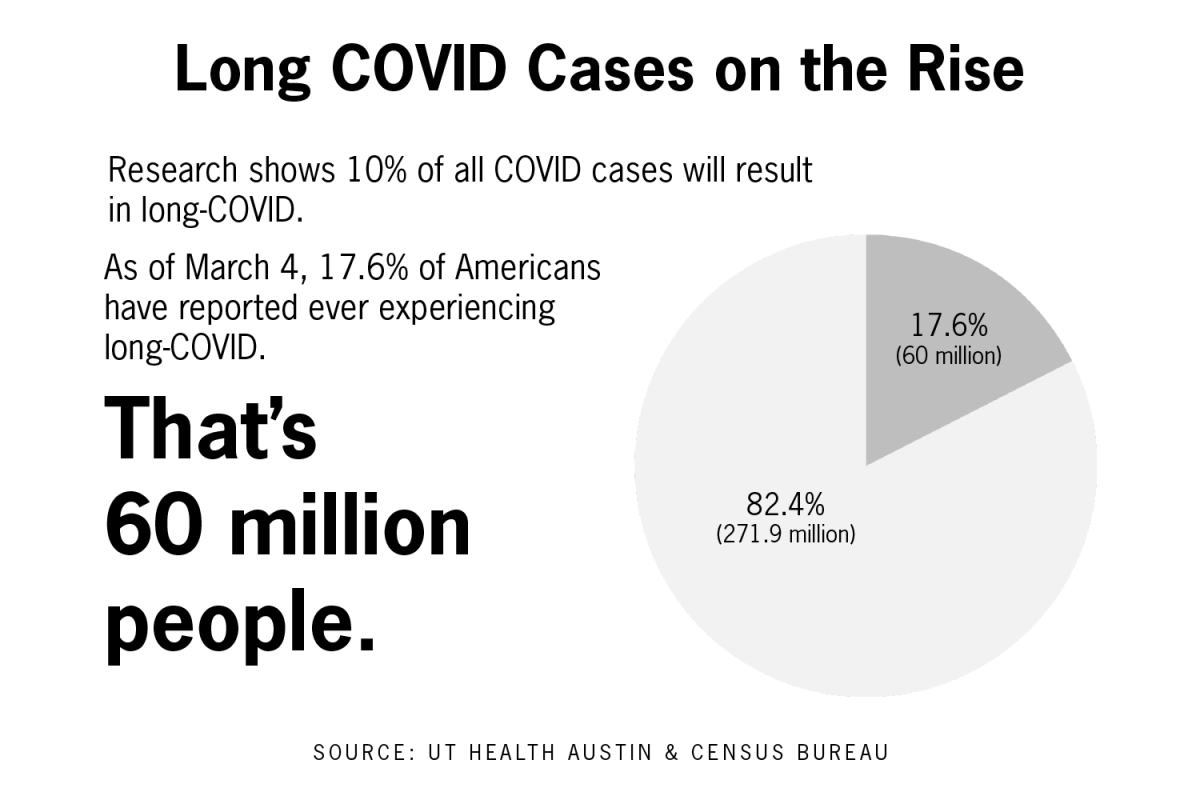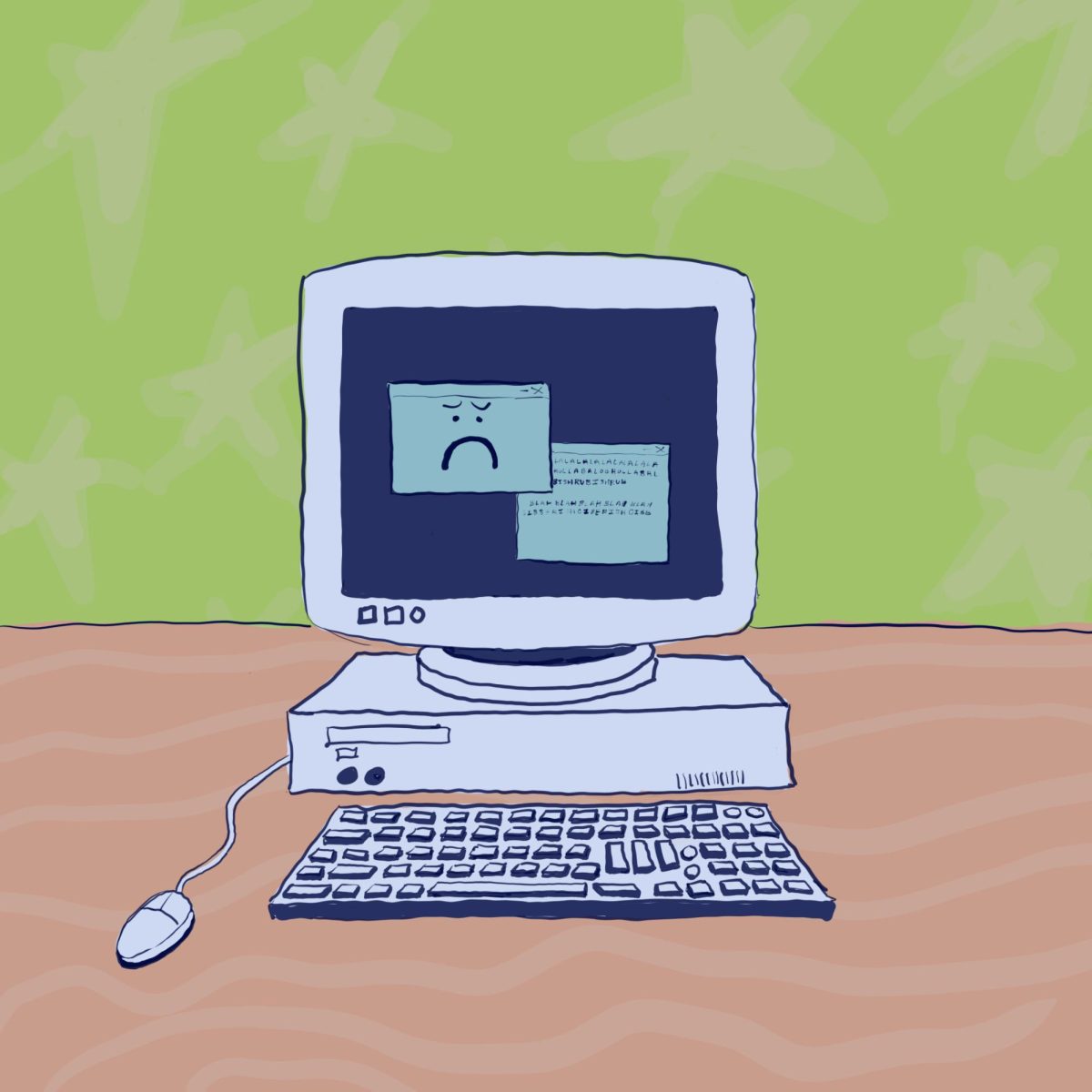Researchers at Dell Medical School are creating new therapeutic drug delivery methods to help treat brain diseases like glioblastoma.
Neurosurgery assistant professor Benjamin Umlauf said one of the overarching trends among different neurological diseases is the difficulty in getting adequate amounts of a therapeutic drug into the brain. In addition, brain surgery doesn’t necessarily remove all cancer cells, said Gabriel Frampton, a research assistant in the lab. As a result, the team is turning to different methods to supplement brain surgery.
“Unfortunately, no matter how good the neurosurgeons are at removing these tumors during brain surgery, there’s always some remnant tumor cells left behind,” Frampton said.
In one approach, the researchers use a bacteria called Shigella that can inject proteins into cells, Frampton said. He said the team aims to “hijack” the pathogen and alter its genome to turn it into a bacteria that will infect brain cancer cells.
“The idea would be to encode the genetic material for the bacteria to create the drugs basically from scratch, inside the tumor cells,” Frampton said. “They would basically become little factories that would generate the drugs.”
Umlauf said a similar approach using an adenovirus has been FDA-approved, but it lacks effectiveness.
“If you think about it, a virus doesn’t want to kill the cell that’s infected … (because) it’s reliant on it to live,” Umlauf said. However, bacteria, unlike viruses, do not depend on the cell to live, Umlauf said. Therefore, the bacteria will be more willing to kill the cells.
In addition to working with bacteria, Umlauf said the team is also working to improve drug delivery by slowing down how fluid moves in the brain. He said the brain is surrounded by fluid and contains fluid-filled sacs inside of it, which act as a recycling system.
“The idea is if you can slow down the way that fluid moves in through the recycling system, you end up with more drugs inside the brain where the brain tumor is located,” Umlauf said. “(We’re trying) to take the existing chemotherapy regimen and make it more effective by changing the way it’s delivered and how long it stays in the brain.”
Frampton said this approach has already shown early success in mice trials.
“We were able to essentially cure the brain tumors in our experimental animals,” Frampton said. He said the most effective of the chemicals they used to slow the recycling rate essentially cured all the animals, while the least effective led to around a 80% cure rate.
Umlauf said he hopes to help patients with glioblastoma, a debilitating disease that lacks effective treatment options.
“For me, the goal is to help these patients out in some way, shape or form, both in having better survival rates as well as making a treatment more tolerable for them,” Umlauf said. “When the treatment’s as bad as the disease, that’s really not a win.”















